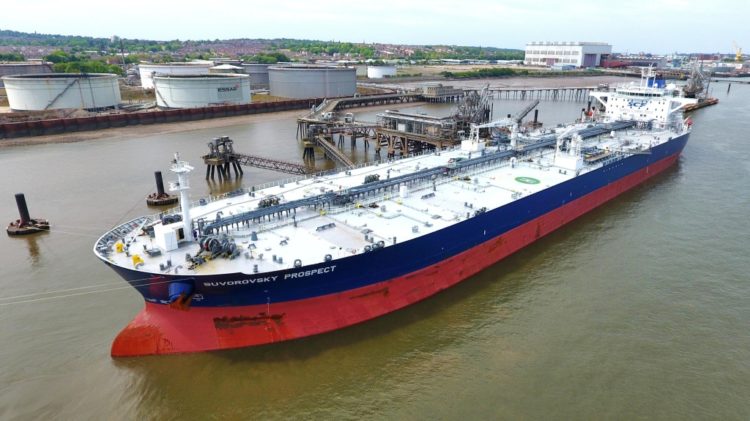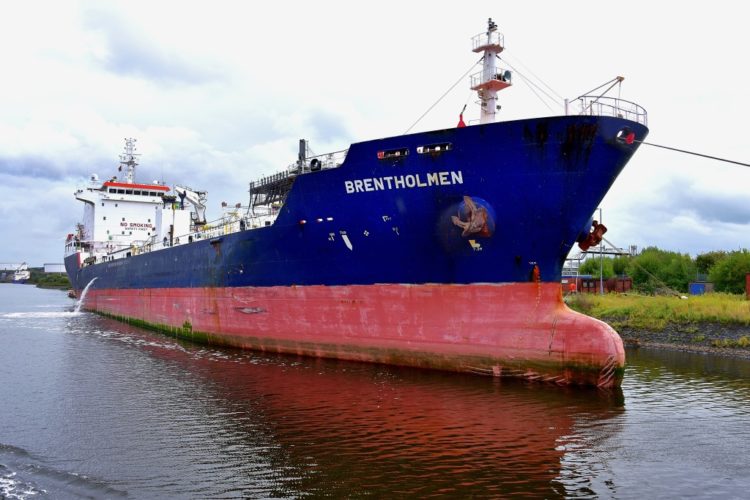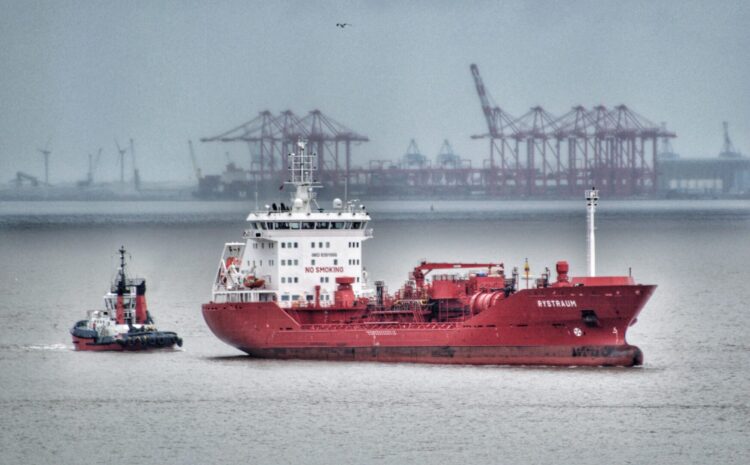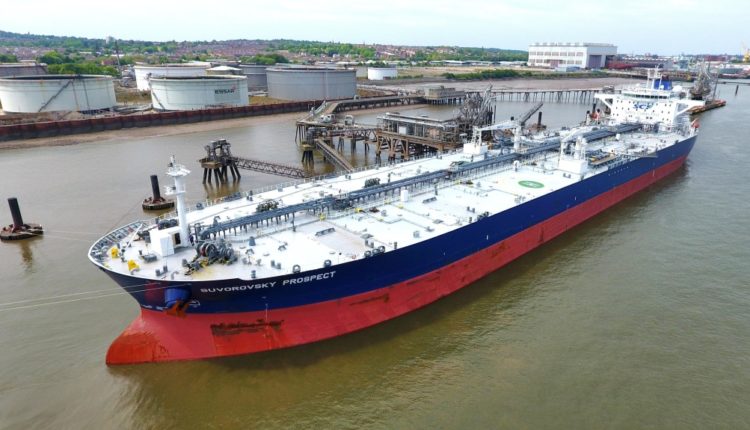740 tankers and 9m tonnes of crude oil in the Mersey each year
Essar Oil’s huge refinery at Stanlow supplies 16% of the UK’s road fuel and its round-the-clock operation sees 740 tankers and 9m tonnes of crude oil in the Mersey estuary each year. Tony McDonough reports

Of the millions of visitors to Liverpool’s waterfront each year, many will have glanced across the river to marvel at one of the huge oil tankers berthed at Tranmere Oil Terminal.
Around 140 vessels, carrying up to 170,000 tonnes of crude oil in a single cargo, will arrive at the Wirral terminal every year. The giant VLCC (very large crude carrier) vessels are much bigger than the 65,000-tonne ships the facility was originally built for in 1960.
Tranmere will see some 9m tonnes of crude oil arrive each year from oil fields in the North Sea, the Mediterranean and West Africa. Once unloaded, the oil will be pumped 15 miles via a pipeline to the Stanlow refinery at Ellesmere Port. The terminal represents just one part of the massive Essar Oil (UK) operation in the Liverpool city region.
Big employer
Essar has been in the news in the last few days. During the year-long COVID-19 pandemic, and subsequent multiple lockdowns, demand for refined fuel has plummeted. According to media reports this has prompted Essar to seek refinancing options and the company confirmed it was in talks with “multiple finance providers”.
And, in a trading update issued late on Friday afternoon, Essar said it expected to see fuel sales from Stanlow rise 63% year-on-year in April to 573kT, up from 329kT in April 2020, as the easing of lockdown restrictions causes a surge in demand. By way of comparison, sales in February 2020 were 661kT.
These figures confirm that EBITDA for April 2021 is expected to be positive for the first time since the COVID-19 pandemic and subsequent national lockdowns began in March 2020. Projections for subsequent months look increasingly positive.
The company is not levered and has no long-term bank debt. Stanlow continues to produce and sell high value products, with a value of approximately $(US)700m a month. Demand has been increasing since February 2021 and has continued to do so during the current month.
India’s wealthy Ruia family took over the then loss-making refinery from Shell in in 2011 and has since invested more than £700m to make the operation profitable. It employs more than 900 people directly at the 2,000-acre site, as well as around 800 contractors. A further 5,000 people are employed in the wider supply chain.
Stanlow is of major strategic importance to the UK economy. It produces 16% of UK road transport fuels, including 3bn litres of petrol, 4.4bn litres of diesel and 2.1bn litres of jet fuel every year. Direct pipelines take aviation fuel to Liverpool and Manchester airports.

In February it was announced a new £600m bio-refinery that will convert non-recyclable household waste into aviation fuel, would be built at Stanlow.
Essar is teaming up with US-based Fulcrum BioEnergy and Essar’s subsidiary company, Stanlow Terminals, to deliver the project. The plant will convert several hundred thousand tonnes of pre-processed waste into low carbon aviation.
Ship canal berths
Via its two berths, Tranmere Oil Terminal also imports ultra low sulphur diesel (ULSD) which is then pumped to Stanlow. Vessels are scheduled to berth on high water tide only, with departure from the berth permitted either four hours or one hour before high water. Senior Liverpool Pilots are assigned to pilot all the ships.
At least two tugs are used for the berthing or unberthing of all crude oil tankers with three in use for vessels of more than 50,000 tonnes. Safety is an absolute priority at Tranmere, and all practicable steps are taken to prevent incidents of any type, with systems and procedures in place to detect fire or leaks of substances and to raise the alarm.
Regular watchers of shipping on the River Mersey will also notice the significant number of medium-sized tankers sailing in and out of the estuary. They are travelling to and from one of the six Essar-operated berths on the Manchester Ship Canal, built by Manchester merchants in the late 19th century for a cost of £2bn (in today’s money) to avoid the fees at the Port of Liverpool.
The refinery is located about 4.2 miles from the entrance to the canal at Eastham. The six berths are used by Stanlow for both the import and export of oil products and chemicals, plus one waiting berth which is not operational.


They are located on Stanlow Island, on the north side of the ship canal and are accessed by a 24-hour ferry service. A total of 600 ships each year are handled at the Essar facilities.
All product tankers are double-hull construction type ranging in size from 1,000 tonnes to 17,000 tonnes. They include chemical carriers, product tankers, LPG Gas tankers and bunker barges. Products handled include gasoline, naphtha, diesel, gasoil, kerosine, jet A1, propane/butane, neodol, luboil, lubad, fuel residues, bitumen, fuel oil, wax, chemicals and baseoils.
All vessels enter or leave the Manchester Canal at Eastham Locks on or about the high water period. Essar also operates a third facility at Carrington, further up the ship canal, just upstream from the Cadishead Viaduct.
It is LyondellBasell’s polypropylene facility. A common user berth has facilities to load or discharge propylene from a ship should the normal pipeline supply from Stanlow be interrupted or insufficient.

